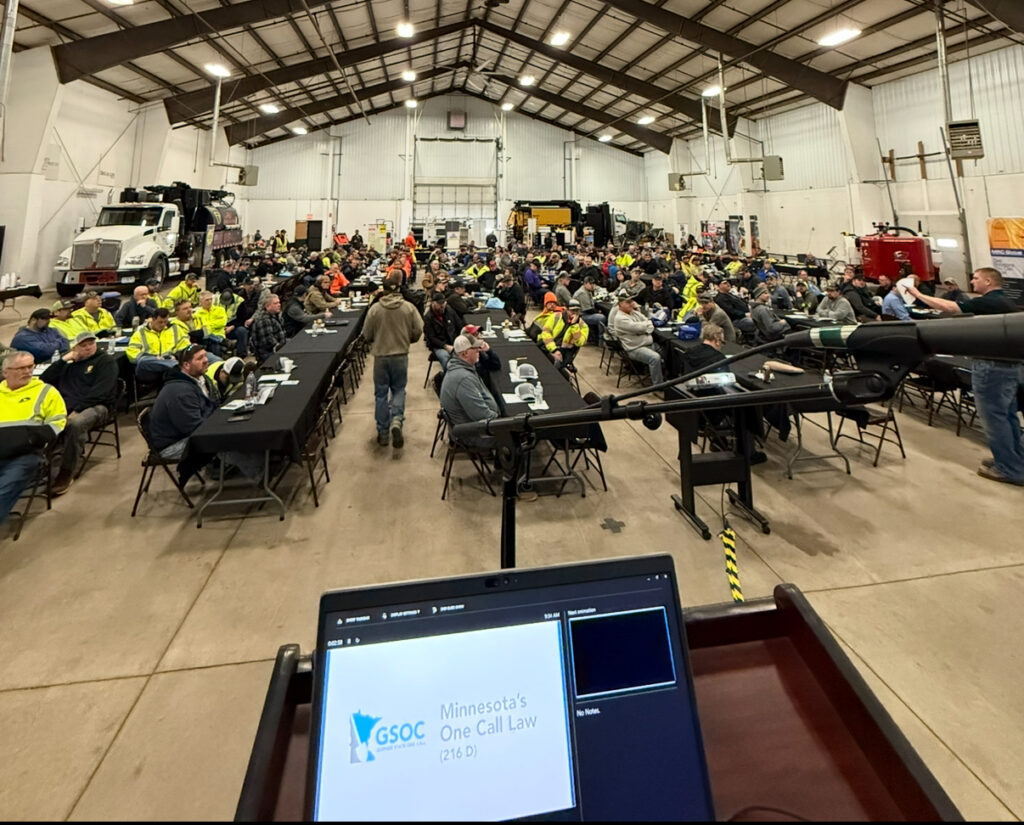Automated Marking Instructions and Electronic White Lining
Registration Linkhttps://www.eventbrite.com/e/gsoc-itic-webinars-registration-1977946871337?aff=oddtdtcreator

Each spring, damage prevention meetings are held by and for the excavation community all around the Minnesota. Focused on safe digging and best practice education, these meetings typically include presentations […]
Registration Linkhttps://www.eventbrite.com/e/gsoc-itic-webinars-registration-1977946871337?aff=oddtdtcreator
Registration Linkhttps://www.eventbrite.com/e/gsoc-itic-webinars-registration-1977946872340?aff=oddtdtcreator

Northern Green is the largest green industry trade show and educational conference in the north-central region. Experience workshops, education, and networking opportunities for people in:
Registration Linkhttps://www.eventbrite.com/e/gsoc-itic-webinars-registration-1977946874346?aff=oddtdtcreator
Registration Linkhttps://www.eventbrite.com/e/gsoc-itic-webinars-registration-1977946875349?aff=oddtdtcreator